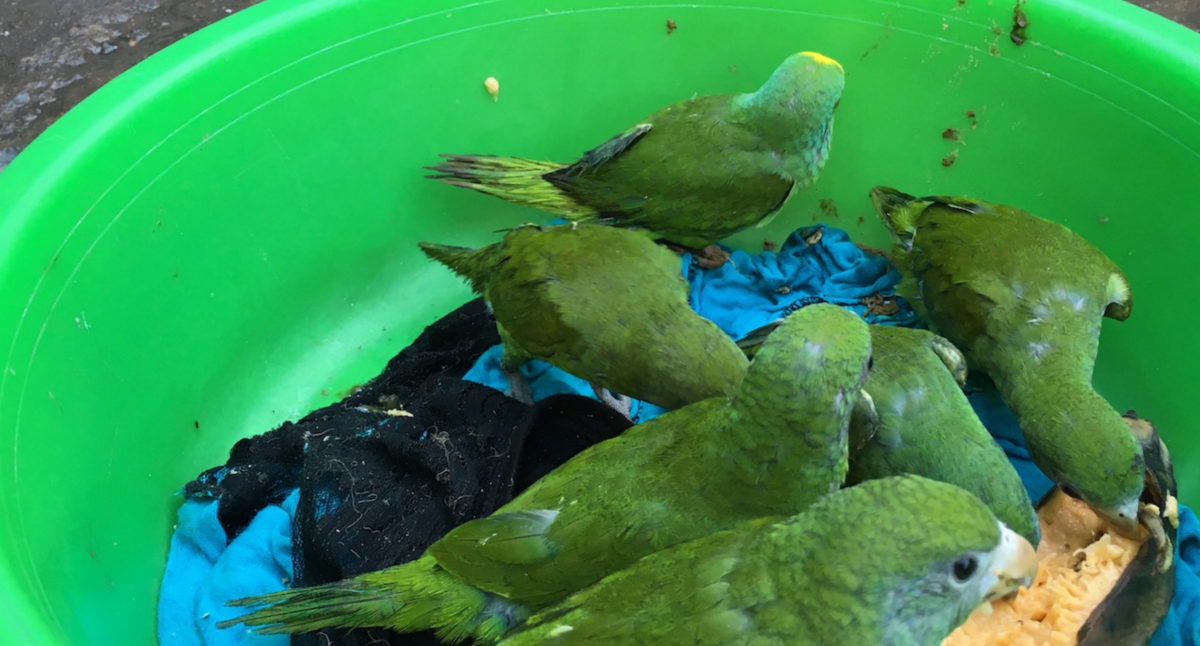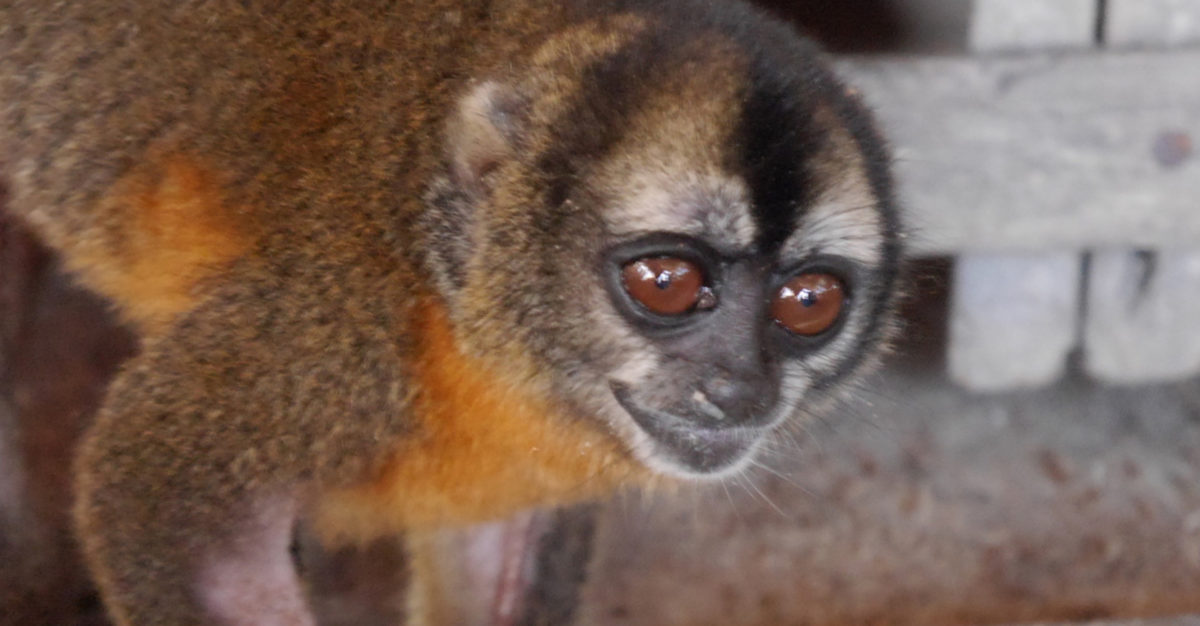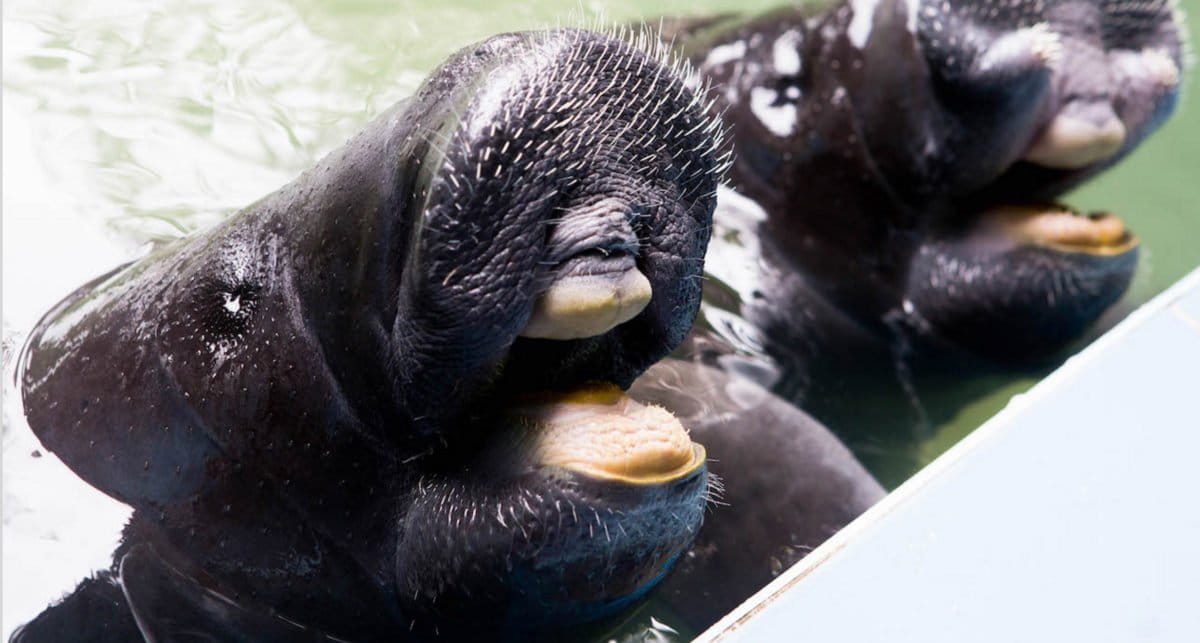- In the last decade, 383 species have been trafficked in Peru, according to the Wildlife Conservation Society (WCS).
- Peru has about 64 species of animals in danger of extinction. Some of them can be found smoked, grilled or being slaughtered in the market of Belen, the river port of Iquitos.
- Animals are not only eaten but are also sold as exotic pets.
- Between 2000 and 2015, more than 11,000 animal body parts including feathers, eggs, shells, bones and skins were seized and 156 metric tons of wild meat were confiscated.
Peru is one of the most biodiverse nations on earth, home to one-tenth of the Amazon rainforest and other ecosystems. But its species are sought by collectors around the world and there is a thriving domestic trade in wildlife which together forms one of the country’s most profitable illicit economies running parallel to its impressively growing formal economy while pushing endangered species to the brink of extinction.
The country’s wealth of flora and fauna make it a hub, say experts, for wildlife trafficking, one of the largest transnational organized criminal activities, ranked fourth after drug trafficking, arms, and the trafficking of human beings.

The illicit trade in endangered species – worth around $20 billion a year – was the subject of the 17th meeting of the Conference of the Parties, Convention on International Trade in Endangered Species of Wild Fauna (CITES) in Johannesburg, South Africa, on October. The world’s largest-ever wildlife conference called for changes to the protection levels of 500 species of wild animals and plants.
Peru has around 64 endangered animal species – some of them you can find smoked, barbecued or being butchered at Belen market, the riverine port of Iquitos, the largest city in the world which cannot be reached by road. It’s the capital of Peru’s largest region Loreto, an expanse of lowland Amazon rainforest which occupies a third of the country and is larger than Germany.
Indigenous communities are allowed to hunt and eat wild game but selling the meat is prohibited. Yet old habits die hard in the labyrinthine streets of Belen market, where produce from the rainforest is docked via a network of Amazon tributaries. Slabs of meat from the endangered South American tapir (Tapirus terrestris) are stacked on folding tables while the cloven hooves of peccaries, or sajino (Pecari tajacu), or the paws of the agouti or picuro (Cuniculus paca), a large rodent, give away their origin. The protected motelo or yellow-footed tortoise (Chelonoidis denticulata) is openly butchered for the pot apparently while still alive.

Meanwhile, the authorities are fearful of intervening in what they see as local tradition, according to Clelia Rengifo, the head of wildlife trafficking control for the regional government of Loreto. “Before it was a city, Iquitos was part of the jungle so here there are traditional dishes based on bushmeat.”
Rengifo says that Peru’s environmental police must act quickly when seizing bushmeat in the market or “before you know there’s a machete blow over here, possibly a gunshot over there, or a knife appears. It is dangerous!”
But much of the once abundant fauna from the world’s largest rainforest is now under threat. The animals are not just being eaten; they are also being sold as exotic pets.
The sale of living wild fauna is also illegal in Peru; yet small parrots, locally known as pihuichos (Brotogeris versicolurus), chirp from plastic washing up bowls in Belen. Other containers hold yellow-spotted river turtles or taricayas (Podocnemis unifilis) — IUCN red-listed as vulnerable — and infant black caimans (alligators), which can grow to more than five meters in length as adults.

But if you ask, you can also find monkeys. A woman stallholder hides a tiny pygmy marmoset (Cebuella pygmaea) and a saddle-backed tamarin (Saguinus fuscicolls), both babies, in her hair. Known locally as ‘pocket’ monkeys, they appeal to both national and international tourists as cute, exotic pets and are often bought for children.
But buying them would only contribute to a trade which sees them slaughtered in the wild, says Noga Shanee, a conservationist and primate expert who co-founded NeoTropical Primate Conservation, based in Peru.
“The woman does know how to keep them alive but as soon as she sells them a lot of them die in the first few weeks because they need their mother and they need special milk,” Shanee told Mongabay-Latam.
“To catch them they have to catch the mother and many times they kill the mother,” she added.
Leaving the infant pygmy marmoset — the world’s smallest species of monkey — and the tamarin to an uncertain fate, Shanee asks locals where she could buy bigger monkeys. A short boat ride down the river Itaya lies a typical wooden home built of stilts on the bank.
Dressed only in football shorts, Germán Serrubio, 45, tramped barefoot over the uneven planks of his home pointing out a squirrel monkey, another tamarin tied to a chair leg. An upturned washing-up bowl is lifted to reveal the glowering orange eyes of a nocturnal musmuqui or night monkey (Aotus nancymae) but the prize is a baby woolly monkey (Oreonax flavicauda) which fiercely clings to Shanee’s chest out of pure infant instinct. Serrubio asks for around $50 for the monkey, then halves the price.

He claims to take big orders from foreign collectors, one in particular known as ‘Michael’ who owned a zoo in neighboring Colombia. They would arrive in Iquitos by private aircraft often using an off-duty Peruvian police officer as a security guard, he said. He also collects animals to order, claiming to have sent 200 caimans to an informal zoo near the Peruvian capital, Lima.
“I’ve sent tapirs, capybaras, ocelots, sloths, anteaters, other species like parrots, macaws, peccaries. I can send them anything they ask for,” he said, sitting in a low chair under a clothesline as his young sons fed bananas to the monkeys.

Buying animals from ribereños, poor riverside dwellers, as they came to market in Belen, he could support his family and pay for his sons’ education, he said. Airport security made it harder to traffic animals by plane so most would be taken upriver along the Amazon to Pucallpa, the capital of the neighboring Ucayali region, and from there by road to Peru’s Pacific coast, he said.
At the time of publication, Serrubio had been arrested and released on probation while prosecutors investigated whether he would formally be charged with illicit wildlife trafficking. Although cases were under investigation, no one had been jailed for wildlife trafficking in Loreto, confirmed local environmental prosecutor Angela Piñedo.
“Some people have a monkey in their house, this is common,” said Shanee. “He’s selling hundreds of animals a year. He’s a serious trafficker,” she said.

Responding to allegations of corruption in the regional government, Clelia Rengifo said public servants were poorly paid which “sometimes led to criminal acts.” Enforcement in this trafficking hub compared unfavorably with other Amazon regions. Between January and July 2016, Loreto had seized only 447 live animals around a third of the 1,478 live animals confiscated in neighboring San Martin region in a similar period (January and August 2016), according to Peru’s environmental police records.
The Wildlife Conservation Society (WCS) has identified 383 animal species being trafficked in Peru over the last decade on well-run routes from more than 40 markets in 10 cities including the capital Lima. Supplied by Iquitos and other Amazon cities, parrots or monkeys are often seized at border crossings.
But an estimated nine out ten trafficked animals die en route, said Yovana Murillo of the Wildlife Conservation Society Peru (WCS) which has compiled the most reliable data on the trafficking of wildlife and animal parts in the country.
Over the last fifteen years, 67,874 animals have been seized in Peru, according to data from the Wildlife and Forestry Service (SERFOR) analyzed by the WCS. Of those, 34% were birds, 27% reptiles, 27% mammals and 1% amphibians.

In the same period, more than 11,000 animal parts including feathers, eggs, shells, bones and pelts have also been seized and 156 metric tons of bushmeat confiscated, principally lowland paca (Cuniculus paca) and two species of wild pig, the collared peccary (Pecari tajacu) and the white-lipped peccary (Tayassu pecari).
These figures may only represent a fraction of the true statistics for wildlife trafficking in Peru, which, by its very nature, is very difficult to quantify.
With the backing of the United States’ Fish and Wildlife Service, the WCS and other organizations are using social media to push an anti-wildlife trafficking campaign in Peru. Education is seen as key to combatting the illicit trade in exotic pets by informing the public that, for example, baby monkeys sold to tourists are orphaned by hunters who deliberately kill their mothers.

If they are lucky, baby monkeys rescued from traffickers in Loreto can be taken to the Pilpintuwasi Butterfly Farm and Animal Orphanage. Run by Austrian Gudrun Sperrer, 55, it is the first place to successfully breed endangered bald uakaris (Cacajao calvus) in captivity.
Traffickers are deliberately encouraging hunters in the village near her refuge to target monkeys with babies, she said. “The idea is ‘you can eat the mother and sell me the baby.’ That will mean future generations are already dead,” she told Mongabay-Latam.
Tourists who buy baby animals thinking they can rescue them only worsen the situation, she says. Instead, they should report it to the authorities but be vigilant about corruption, Sperrer said.
“Go to the ecological police and in the best case go with the ecological police there because, unfortunately, due to need and ignorance, there is a big possibility that the policeman might not confiscate the animal but get some money instead.”

Through guided tours and working with local schools she aims to raise awareness about the true impact of the trade in exotic pets and live animals for zoos.
“We know we are losing millions and millions of dollars as a country because these animals are taken out illegally,” said Jessica Galvez, head of Wildlife Management at Peru’s Forestry and Wildlife service.
However, in San Martin, an Amazon region west of Loreto, a dedicated team fight wildlife trafficking and are getting results.
Young volunteers operate as spotters in a local market in Tarapoto identifying who is selling bushmeat, often under the table, then informing the authorities who swoop in. In a raid in ‘El Huayco,’ one of several markets in the city environmental police seized 26 kg of bushmeat including venison, peccary and lowland paca. The meat is later donated to a local orphanage.
“The sale of bushmeat is prohibited and those caught will be fined up to $10,000,” says environmental protection officer Vladimir Paredes. It is a sum that few can afford to pay.
“It’s the law, and they can’t claim they don’t know about it because we are constantly carrying out raids in this area and all the markets in the region,” he adds.
But a crowd of people gathers as police officers confiscate the bushmeat, angry at what they see as insignificant compared to the deforestation caused by illegal logging which, they claim, the authorities turn a blind eye to.
“They enforce the law against the most defenseless while the powerful get away with destroying the jungle,” says one man.
But, little by little, by following the letter of the law the message seems to be sinking in. Trafficking wild animals is illegal in Peru and selling their parts is too. Raiding a workshop full of stuffed animals in Lamas, a nearby tourist town, might seem excessive but it is the vigilance which characterizes this team.

Daily checks of vehicles traveling on a major trunk road which connects the Amazon basin to Peru’s northern coast, further tightens the net on traffickers. In one morning the environmental police seized three boa constrictors and a three-toed sloth.
“Wildlife trafficking is a crime. Before you would get off with a warning but not anymore. In other words, if you’re caught with wild animals you could be detained, and you could end up in front of a judge,” says Fabio Reyes, a senior officer with the environmental police in San Martin.
But the rigorous enforcement in San Martin, one of Peru’s five Amazon regions, appears to be the exception rather than the rule. Nonetheless, there are signs that attitudes are changing among younger generations.
Darwin Loja cares for the aquatic mammals, mostly Amazon manatees, at the Amazon Rescue Centre, near Iquitos, in Loreto. Most of the animals are orphans which still need to be fed milk to survive. These gentle aquatic herbivores are often used to adorn lagoons in people’s gardens. Again the mother animals have usually been killed and eaten.

Many children support our rescues because they see that their parents have a baby manatee in a pool or pond, says Loja.
“The child says; “Dad, why do you have it there when you know that in Iquitos they care for them’. Thanks to the child the father thinks about it, calls us and we organize its rescue because he knows the baby can’t live without its mother.”
This story was reported by Mongabay’s Latin America (Latam) team and was first published in Spanish on our Latam site on October 19, 2016.
Read also: Wildlife for sale: affected species and trade routes in Peru